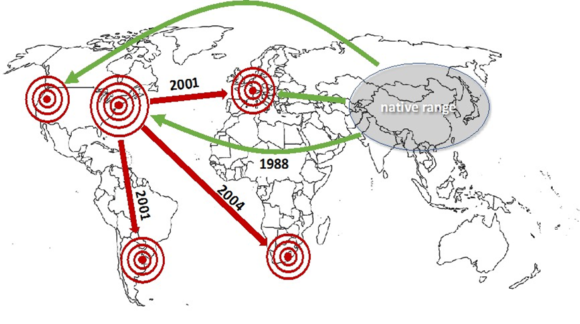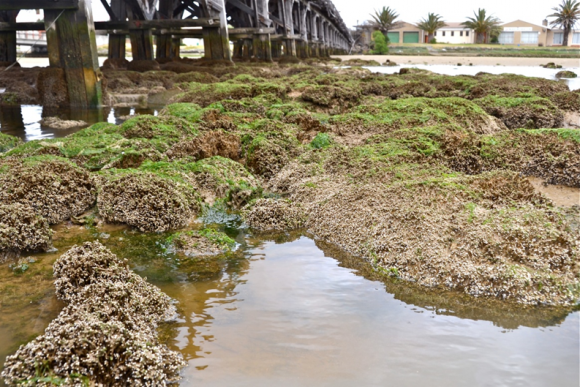11 August 2015 | By Nicola van Wilgen
Most of us have heard that climate change is likely to impact our lives in the next few decades, but in many instances the reality of climate change has not been made apparent. One of the key questions is what will happen to our national parks and the biodiversity that they conserve?
In a study led by C·I·B Research Associates Nicola van Wilgen and Melodie McGeoch, scientists have shown that significant temperature changes have already taken place in most national parks and changes in rainfall patterns are becoming apparent. Temperatures have increased by as much as 1.9oC on average since 1960 in the Kgalagadi Transfrontier Park.
“This increase in average temperature means that there are now 36 more days above 35 oC than there were in 1960! This type of change will have profound impacts on water resources, biodiversity and the tourism potential of the region.” explains Nicola van Wilgen, Global Change Scientist at South African National Parks.
It is not only the arid parks where dramatic temperature increases were seen. Mean maximum temperature at Cape Point (Table Mountain National Park) has also increased by an average of 1.25oC since 1960 and similar increases were detected in Addo Elephant and Agulhas NPs. In addition to warming, the study showed a drying trend for national parks in the south of the country, including Bontebok, Garden Route and Addo Elephant.
Synergies between warming and drying are predicted to have dire consequences for many groups of species, especially endemic species that have limited natural distributions. Protected areas are particularly vulnerable to climate change in that they are static and animals within them are confined by fences, while plants are often isolated by other land use types (e.g. patches of agriculture), and cannot move.
Although parks cannot themselves prevent or reverse climate change, adaptation will be important. Van Wilgen further adds “We require new and radical management strategies to ensure the conservation of our natural heritage. Relevant park-scale evidence, as provided by this paper, is critical to develop appropriate and effective policies and management.”
Read the paper:
van Wilgen NJ, Goodall V, Holness S, Chown SL, McGeoch MA. Earlyview 2015. Rising temperatures and changing rainfall patterns in South Africa’s national parks. International Journal of Climatology DOI: 10.1002/joc.4377.
For more information, contact Nicola van Wilgen at nicola.vanwilgen@sanparks.org




